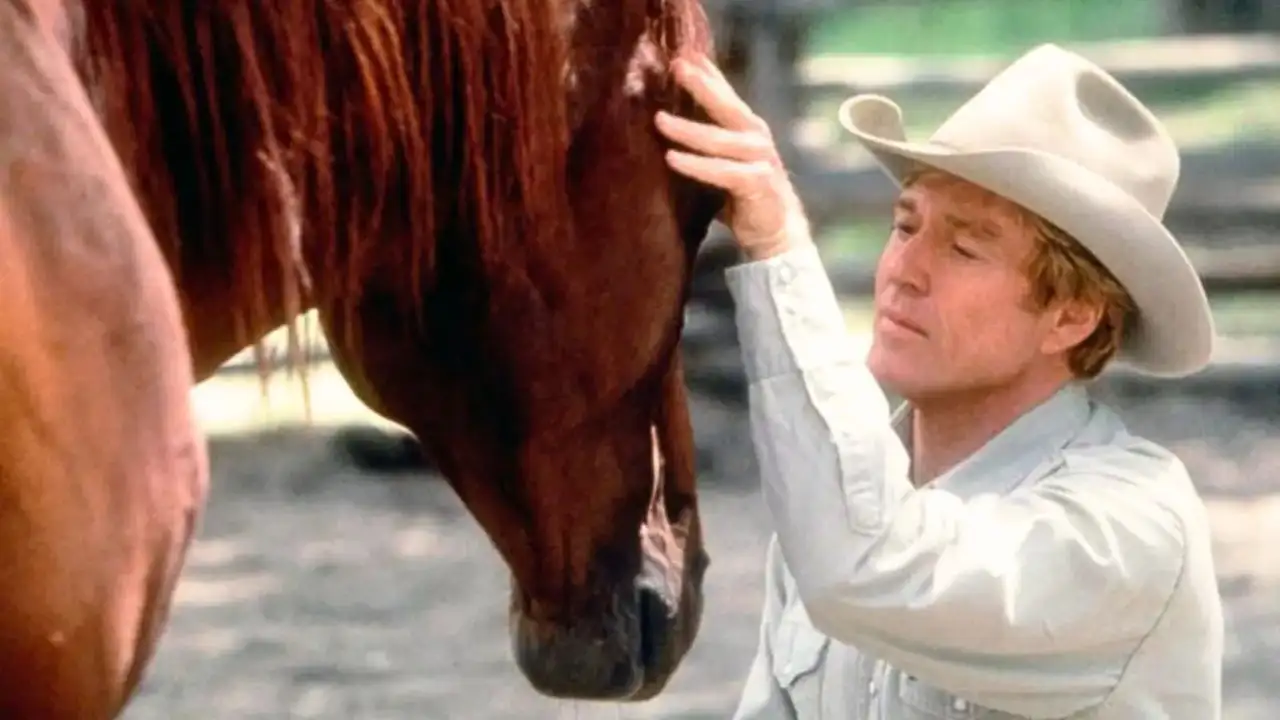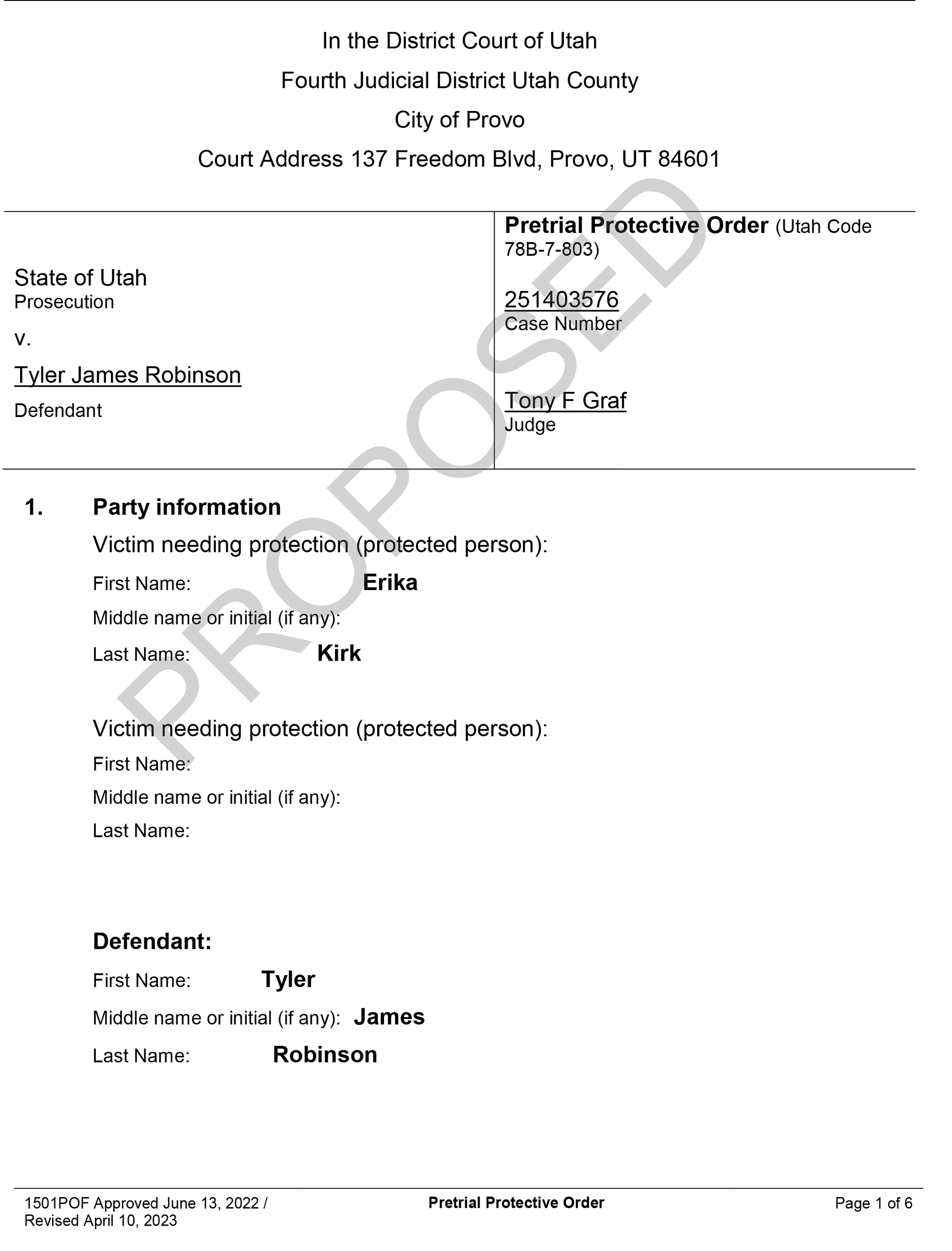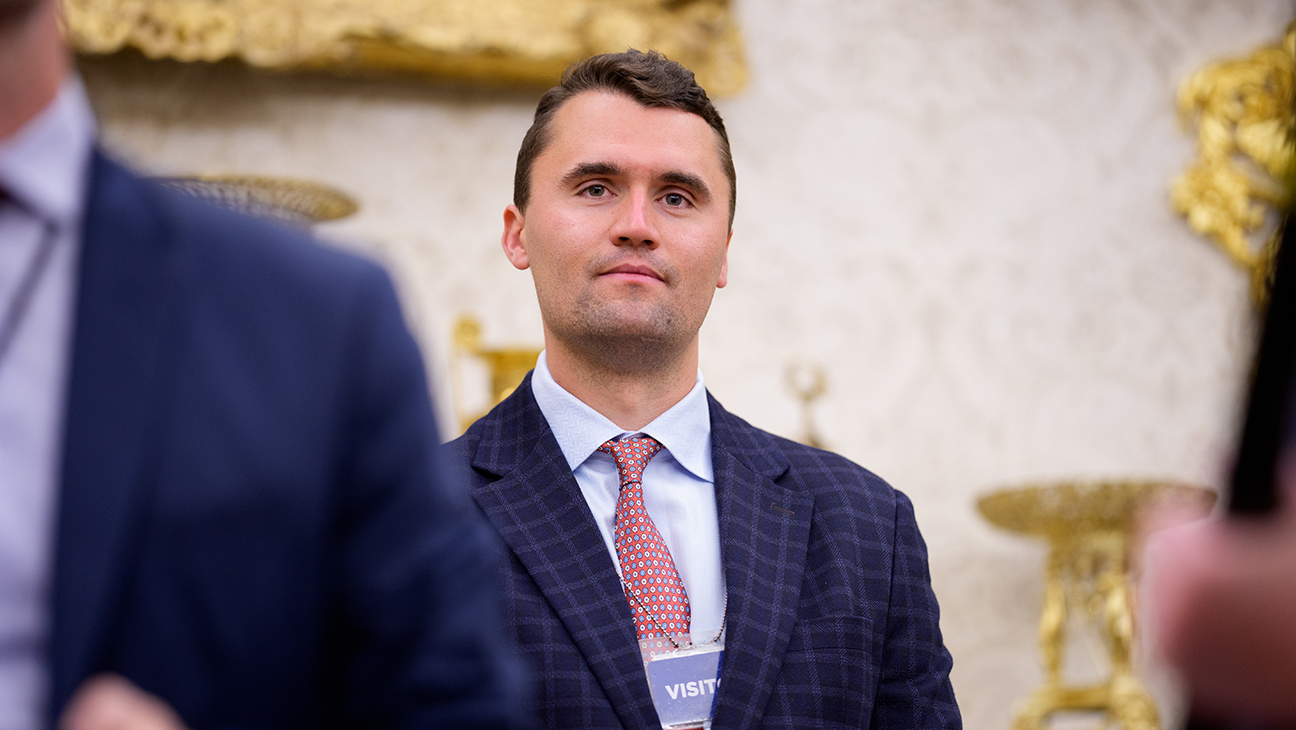By Soumyabrata Gupta
Copyright timesnownews

Legend, Oscar-winning director and Hollywood leading man Robert Redford is dead. He was 89. Robert Redford will perhaps forever be etched in my memory as the Montana horse trainer Booker, who unlike the Hollywood representation of a cowboy is not a conqueror, but a listener. When Robert Redford released The Horse Whisperer in 1998, the film’s arrival felt like a whisper itself. It was quiet, contemplative and deeply intimate in its storytelling. Adapted from Nicholas Evans’ bestselling novel, Redford’s directorial transformed a conventional melodrama into a sweeping meditation on trauma, healing and the unspoken connection between animals, humans and nature. Redford’s ‘whisperer was not mystical. His patience, empathy and the empathy to meet both a wounded animal, and a person will forever remain etched in a cinematic landscape that is still enamoured with alpha male bravado. Robert Redford’s Booker was a striking quiet revolution. Robert Redford And Cinematic Philosophy Born in Santa Monica, California, near Los Angeles, in 1936 to a milkman and accountant father, Redford was not a conventional artiste. He always approached filmmaking with a painter’s eye and the patience of a philosopher. Butch Cassidy and the Sundance Kid (1969) to The Great Gatsby (1974) and All the President’s Men (1976), each film Redford did established him as a golden boy of Hollywood. However, behind the camera, he managed to birth a different legacy. His directorial debut Ordinary People (198) showcased his interest in the layered psychological textures of his characters, with a bent towards intimacy over spectacle. Also Read: Flashback Films: How Kamal Haasan’s Pushpak Spoke A Thousand Words In Khamoshi Redford’s The Horse Whisperer, which also starred a teenage Scarlett Johansson, was a study in restraint. Redford’s narrative was insistent on long takes, expansive silences, and lingering close-ups that allowed emotion to bloom naturally. Despite having A-lister Hollywood celebrities in the cast, the film never got weighed down by charisma, but was rather a celebration of moviemaking and emotional bonds. The Horse Whisperer: The Story of Healing The Horse Whisperer is a film about recovery. A devastating riding accident leaves a teenage Grace (Scarlett Johansson) and her horse Pilgrim physically and emotionally scarred. Her mother Annie (Kristin Scott Thomas) take the decision of going to Montana with Grace and Pilgrim in search of Tom Booker (Robert Redford) – a horse trainer with a gift of understanding wounded animals. A scene in the film where Annie calls Booker to inquire if he helps people with problem animals, to which he replies he helps animals with people problems, will perhaps always stay as on in collective consciousness as a dialogue championing animal rights. The plot of The Horse Whisperer is familiar – urban woman meets rural cowboy, sparks fly in the wide-open West. But Robert resister clichés, instead of driving the story through obvious melodrama, he lets characters and the environment slowly awaken each other. Pilgrim – traumatised and volatile, mirrors Grace’s fractured spirit and the healing of the animals becomes a metaphor for the healing of the girl as well. The Horse Whisperer: Nature Nurtures Nature One of the most enduring characters in The Horse Whisperer is not Redford or Johansson. Rather it is the sweeping landscapes that define how the characters react. Redford and cinematographer Robert Richardson (known for his collaborations with Oliver Stone, Quentin Tarantino, and Martin Scorsese) filmed much of the movie in Montana, allowing the wilderness to emerge as a silent but commanding presence. Also Read: Why Is Lord Ganesha Never The Hero In Our Films? Robert’s The Horse Whisperer has rolling pastures stretching endlessly where horses gallop freely in sepia tones. Mountains tower like silent guardians in the distance become integral to the film’s emotional language. Nature, in the hands of Robert Redford became a sanctuary where wounds heal and identities are rediscovered. And interestingly, in many ways, The Horse Whisperer continued a tradition in American cinema where the West symbolised renewal. Redford lent to his Montana a tenderness rather than a sense of conquest. His film was not about taming the land, but rather listening to it, much like Tom Booker listens to Pilgrim. The Whisper of Cinematography Robert Richardson’s cinematography is also central to why The Horse Whisperer feels so spiritual. The film relied on natural light – the sun rising over a barn, shadows stretching across a valley, a lone cowboy sitting on his horse over a hillock while the camera pans out to the great expanse – created a sense of timelessness. Another very intriguing thing about The Horse Whisperer was the rhythmic cinematography. Redford allowed the camera to linger, sometimes more than mainstream audience were used to at the time of the film’s release. And yet, it is the same stillness of a horse grazing or the wind rustling through grass that not only became dialogue, but helped the film survive the ravages of time. Redford asked his audience to pause, observe, and immerse themselves in the quiet majesty of the natural world. The Subtext of The Horse Whisperer Beneath the oeuvre of romance that is The Horse Whisperer, it had a spiritual subtext as well. Tom Booker’s ‘whispering’ was not only mystical but also resonated like a metaphor for empathy. His patience with Pilgrim, his ability to listen and not judge reflected a human need for humility and respect. Also Read: Politics Of Food In Cinema: What’s On The Plate – Caste, Culture, Cuisine Redford was always known to be drawn to characters who resisted dominance, and Booker was a continuation of this ethos – a man who does not conquer but communes. The spiritual quality of the film was also a result of its silence. Redford did not over-explain or dramatise. Instead, he left it to the audience to comprehend the unsaid through longing glances and unspoken grief. Enduring Resonance It has been 25 years since The Horse Whisperer quietly entered theatres and our hearts and it may not dominate pop culture conversations and allusions. But it remains one of Redford’s most personal works – a film that resisted aging precisely because it never married trends. The Horse Whisperer was tied to timeless human emotions and the eternal rhythms of the natural world. Redford invited viewers to listen – to animals, to landscapes, to each other, and to the quiet whispers of their own spirit – and those who listened, never left.



